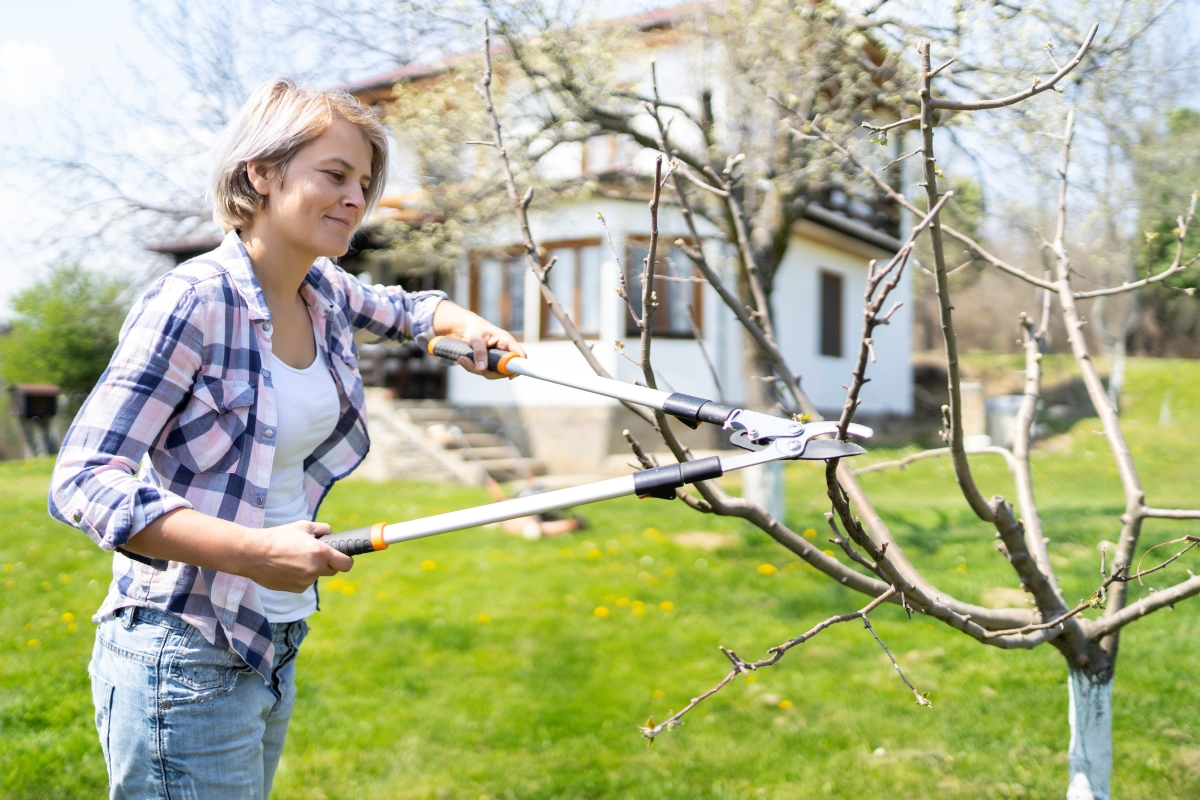

We may earn revenue from the products available on this page and participate in affiliate programs. Learn More ›
Now is the time to prepare your plants for their winter rest. For some plants, this includes pruning to promote health, shape them, and prevent unwanted pests and diseases from taking over during the cold weather. Regular pruning encourages healthy new growth—and sometimes more blooms.
Pruning plants requires the right tools, along with the knowledge of when and how to do the job. Plants should be pruned during their dormant period to avoid stunting growth. Over-pruning, removing branches in the wrong place, or using worn or dirty tools can have negative impacts on the plant’s health and growth.
1. Apple trees (Malus domestica)

“Fruit trees need dead or crossing branches removed to enhance air circulation and light penetration, which are important for good fruit production and overall tree health,” says Gene Caballero, co-founder of GreenPal, a service that connects homeowners to landscapers nationwide.
After leaves have fallen, cut rubbing branches with a pruning saw or pruners. Remove thick vertical branches with a pruning saw. Remove small branches to open the center of the tree. Use loppers to trim the top of the tree. Most of the pruning should be done in the top of the tree to expose light to the lower branches in order to improve fruiting and flavor.
2. Hydrangea (Hydrangea)
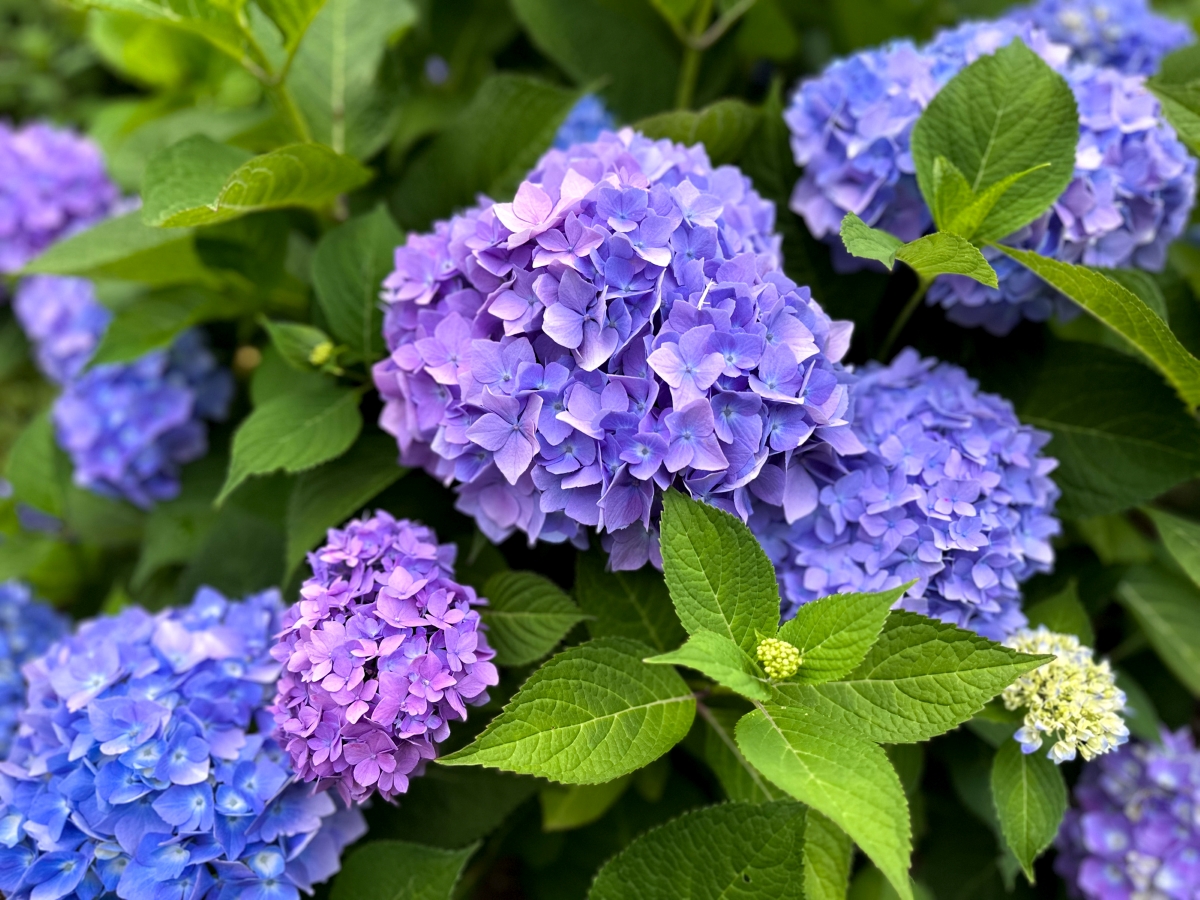
When it comes to pruning hydrangeas, it’s important to know which of the many varieties you have. Hydrangeas that bloom on new wood should be pruned in late winter or early spring, while hydrangeas that bloom on old wood should be trimmed in midsummer after their blooms fade.
Deadhead when blooms fade and always remove any dead branches. Remove one-third to one-half of each stem, cutting a quarter inch above a pair of leaf buds. Occasionally, it’s permissible to cut the entire shrub back hard—about 1 foot from the ground. Remove small and weak shoots.
3. Rose (Rosa)

While most roses should receive major pruning in the spring before buds form, wild roses, old garden varieties, and most climbing roses benefit from a summer trim after their bloom cycle ends.
Trim healthy branches late in the fall to discourage the plant from putting out new shoots, which are unlikely to survive winter. Wait to trim stems until after the first frost, but before the plant enters dormancy.
Remove dead or diseased branches by cutting at a 45-degree angle just above outward-facing buds. Tip stems with spent flowers. Cut back tall bushes to a height of 4 to 5 feet.
4. Yew (Taxus)
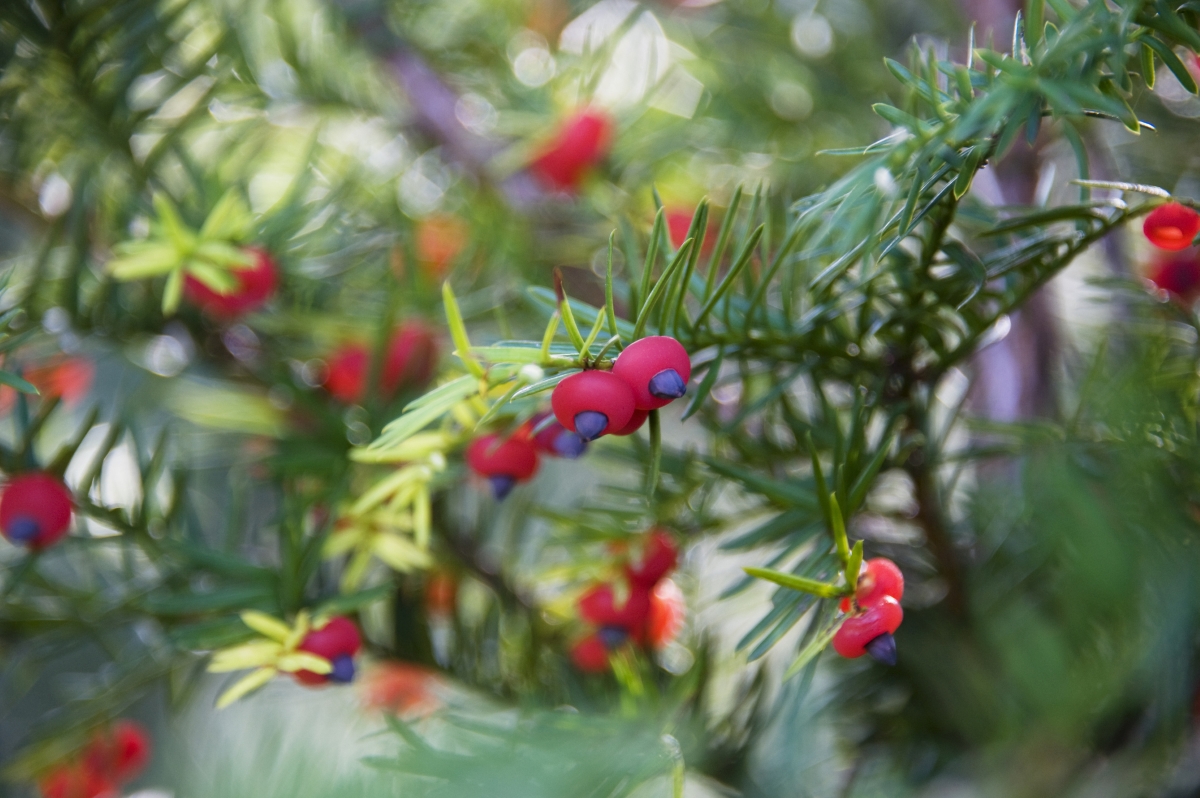
Pruning yews helps maintain size or shape, promotes health, and stimulates growth. Because yews are naturally dense and grow relatively quickly, they can become overgrown. Trimming them can enhance their appearance as well as their health.
Yews start to go dormant in late August, but avoid trimming during extreme heat. Prune from the inside out, keeping in mind that yews tend to grow upright from a main trunk. Once the center is cleared of dead, damaged, or diseased branches, shape the shrub by trimming the outer branches. Avoid stressing the plant by not removing more than 30 percent.
5. Russian sage (Salvia yangii)
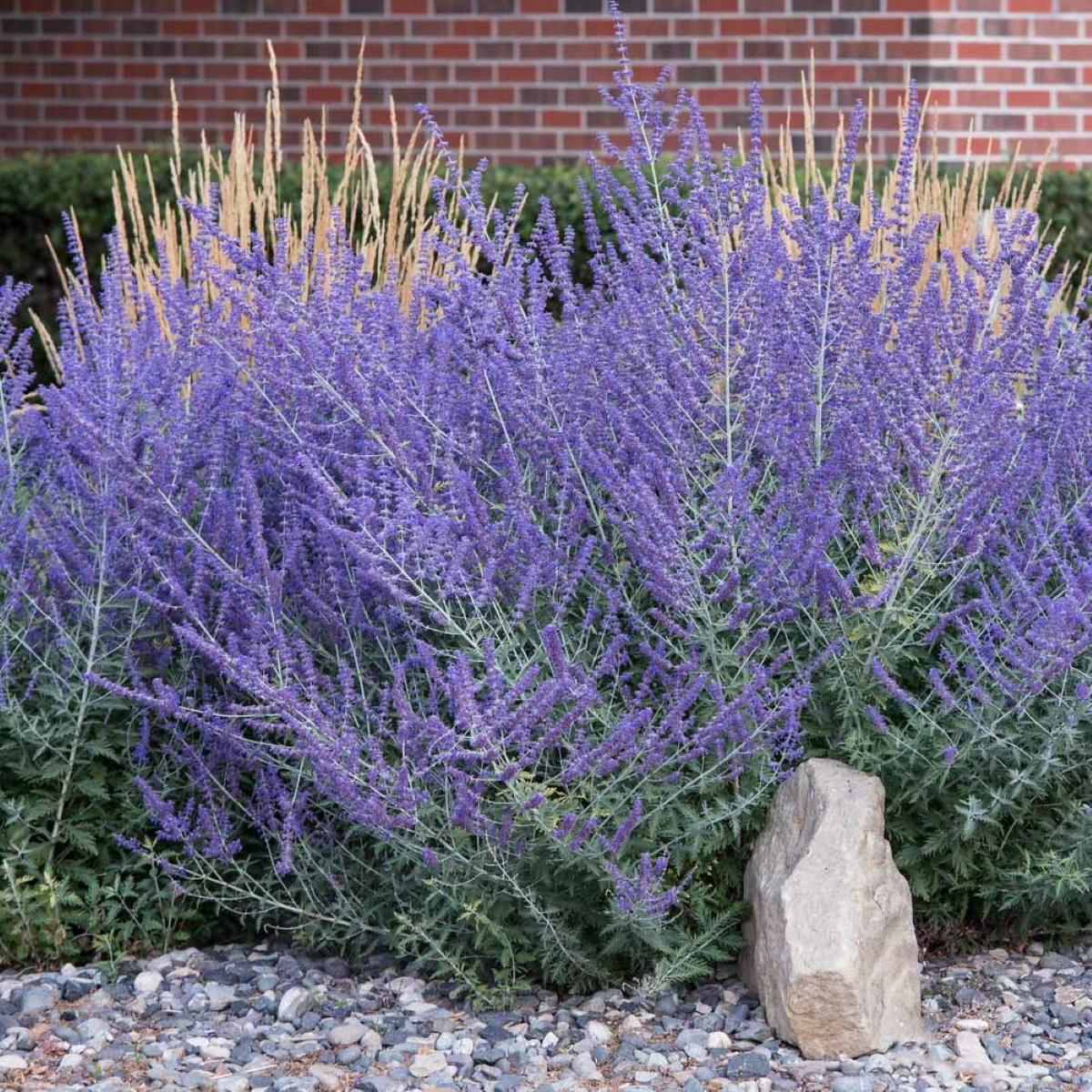
Russian sage can become leggy, overgrown, and woody if left unattended. Depending where it is grown, Russian sage branches might die back to the base of the plant, so pruning the tips helps to tidy up the plant.
Once the flowers fade and the stems look woody, use sharp pruning shears to remove all dead and dying branches. Then, trim wayward stems. Cut back previous year’s growth by about one-third or to 6 to 12 inches above the ground. This helps maintain the plant’s shape and prevent it from becoming too leggy by encouraging new growth in a compact form. You can also cut the plant all the way to the ground.
6. Butterfly bush (Buddleja davidii)
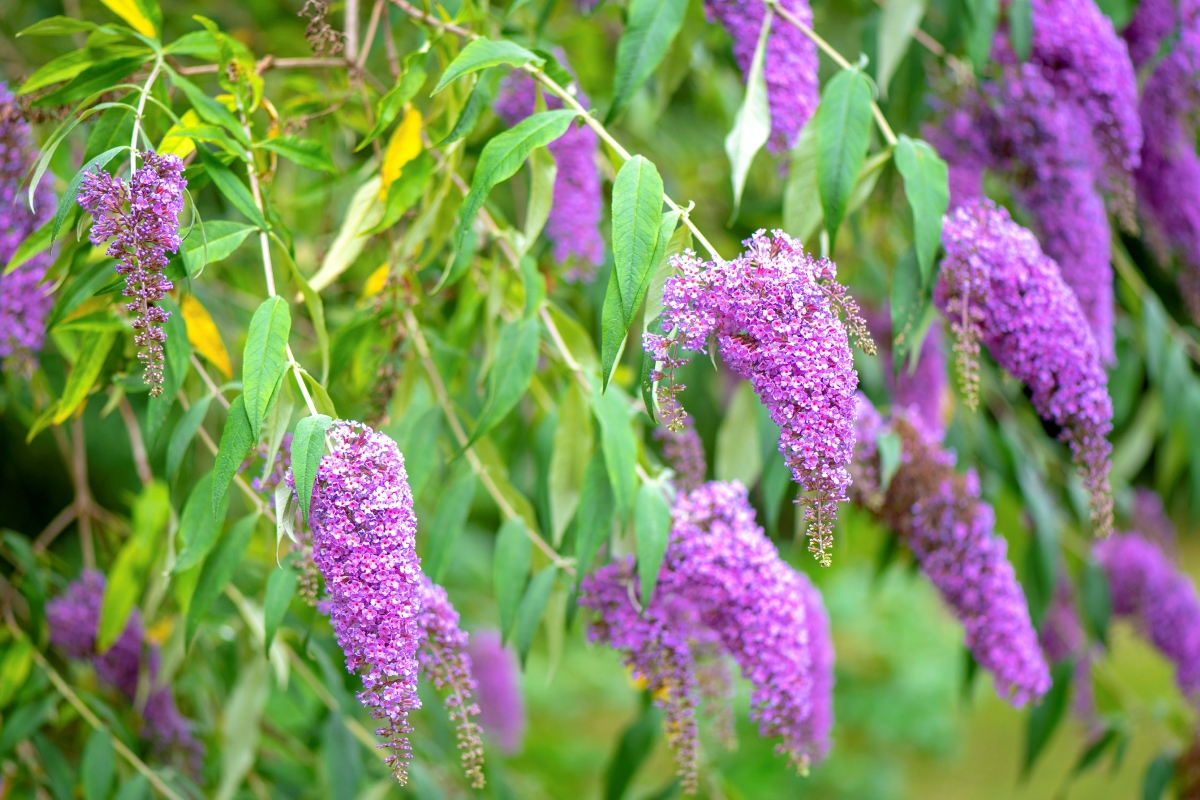
In order to maintain the health of a butterfly bush, shape it, and promote more blooms, selective pruning twice a year is necessary. Because these shrubs bloom on new wood, hard pruning in the spring encourages new growth. A late summer trim to remove spent flowers and developing seeds, and to shape the bush can benefit the plant and prevent invasive spread, but waiting too late in the fall to prune could leave it vulnerable to freeze damage.
“Butterfly Bushes can be cut back by one-third to stimulate new growth and flowering for next season,” Caballero confirms.
7. Daylily (Hemerocallis)
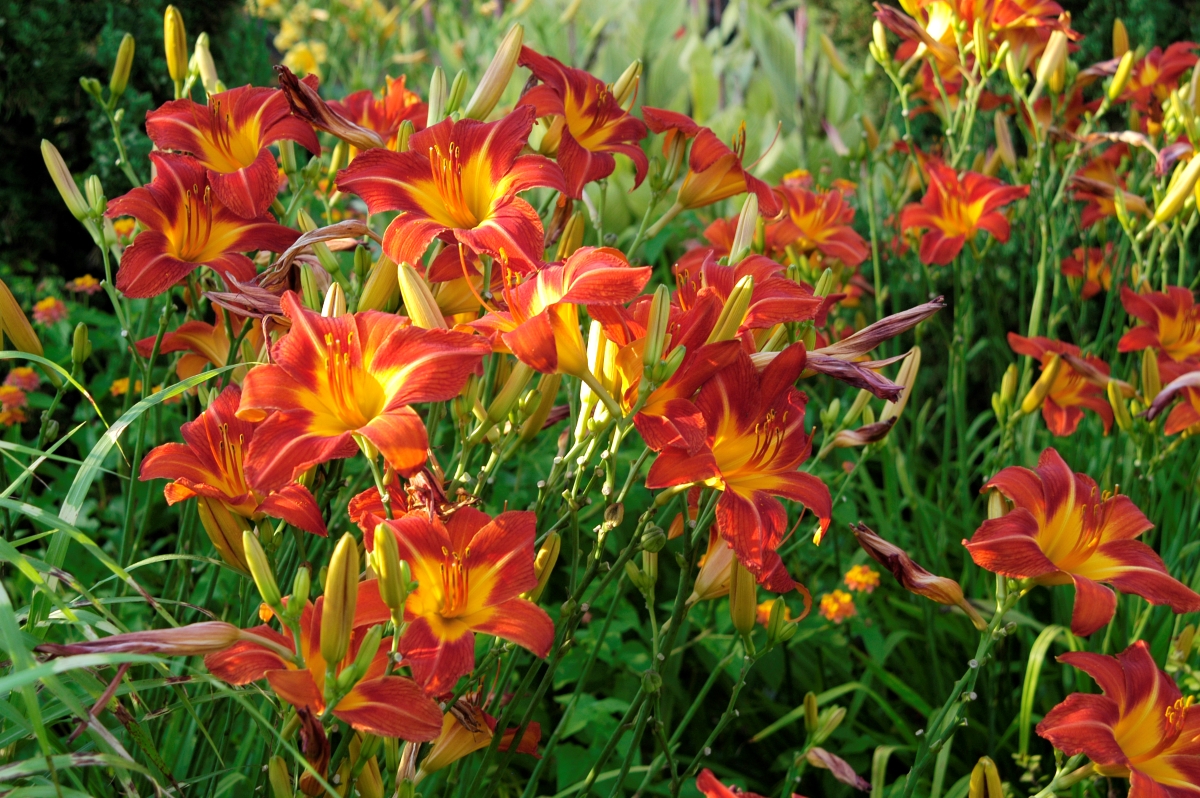
Daylilies benefit from a midsummer trim. In fact, a mid-season buzz cut can result in lush new green growth that will produce food for next year’s flowers. After they’ve finished blooming, remove spent flower stalks to prevent production of seed pods and redirect energy into new growth. It also looks tidier. The foliage starts to brown and die back before the summer ends. When it does, remove dead and diseased leaves.
Once all the foliage has died back (either after the first frost or earlier, especially in drought conditions), cut the plant back to 4 to 6 inches above the ground.
8. Iris (Iris)
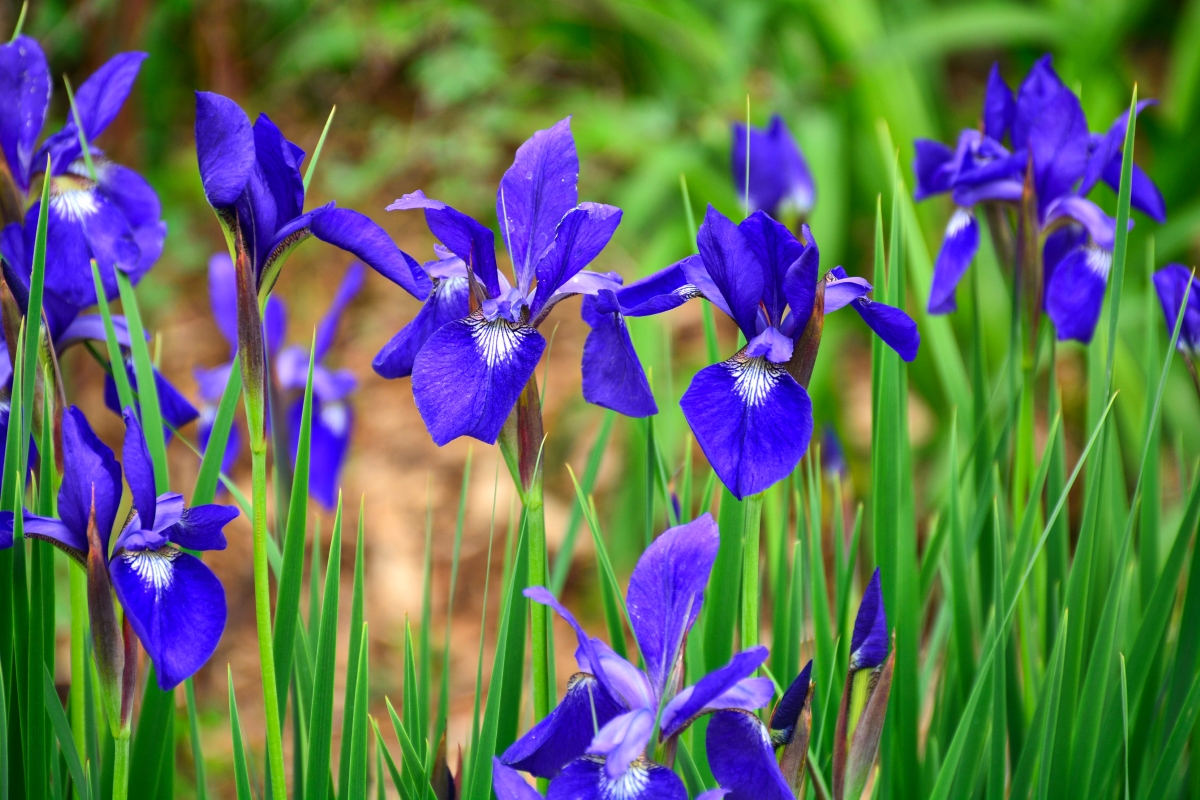
Late summer is the perfect time to prune iris to promote health and encourage more flowering next year. Pruning at this time enables the plant to direct energy toward developing a strong root system for the next year’s growth. It also enables air circulation and sunlight penetration, both of which will prevent the development of fungal diseases.
As the foliage turns yellow and withers, it should be removed from the rhizome. Overgrown plants, especially if they obstruct other plants or walkways, should be trimmed. Cut German iris in half, forming a fan shape. Prune Siberian iris away from other plants.
9. White Pine trees (Pinus strobus)
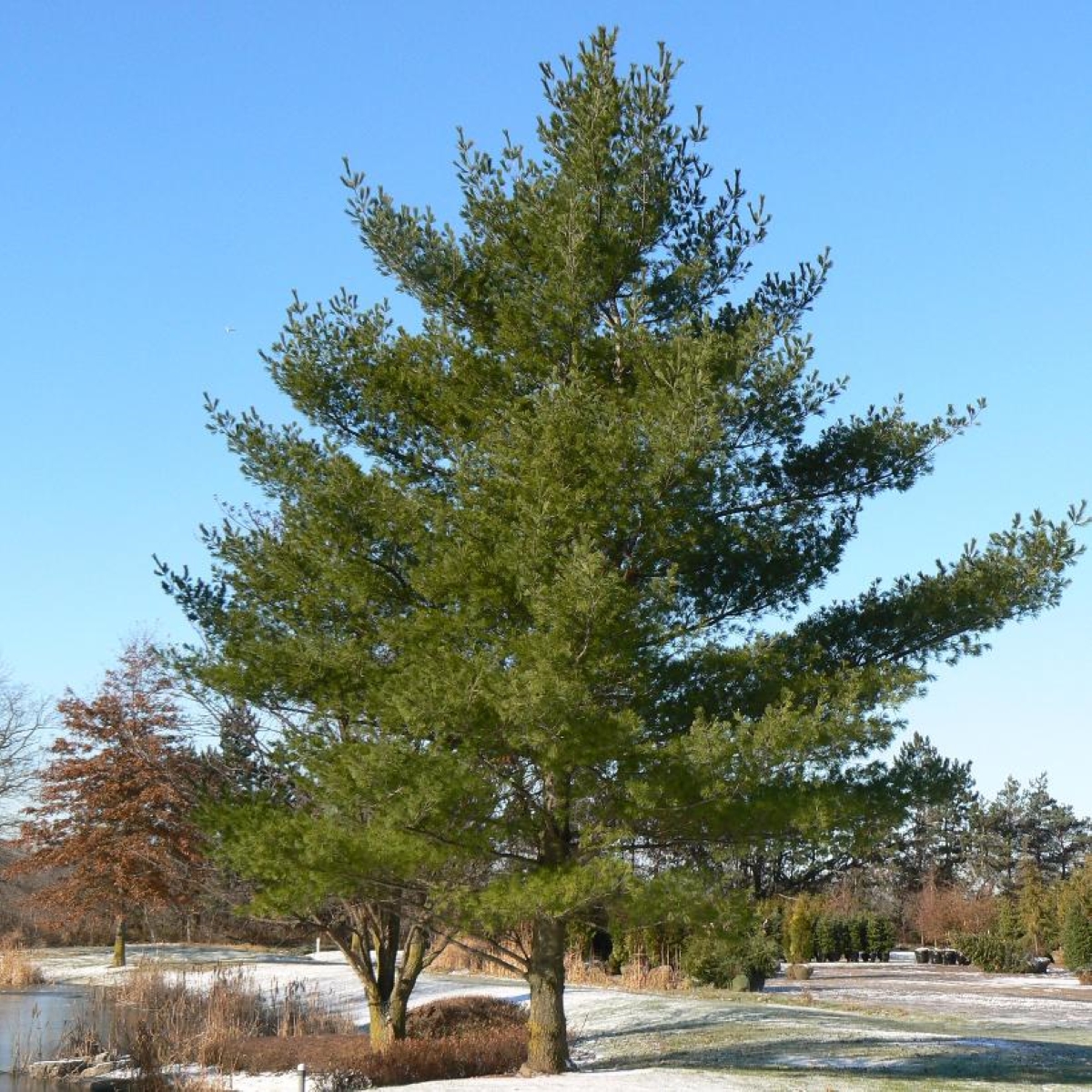
It’s acceptable to remove hazardous and structurally weakened limbs from all trees any time throughout the year—maybe even more so during hurricane season, according to Joshua Malik, founder of Joshua Tree Experts, a franchise tree care service. Large hazardous limbs pose a particular threat to structures, vehicles, and even pedestrians.
It’s especially important to prune fast-growing varieties. “White pines are known for splitting and breaking,” Malik notes. “Quick-growing trees have weak wood.” He advises trimming trees that are structurally weakened, have root rot, or are stressed, which can sometimes be identified by heaving soil. “Take 15 percent of live growth off the ends,” he advises.
10. Yarrow (Achillea millefolium)
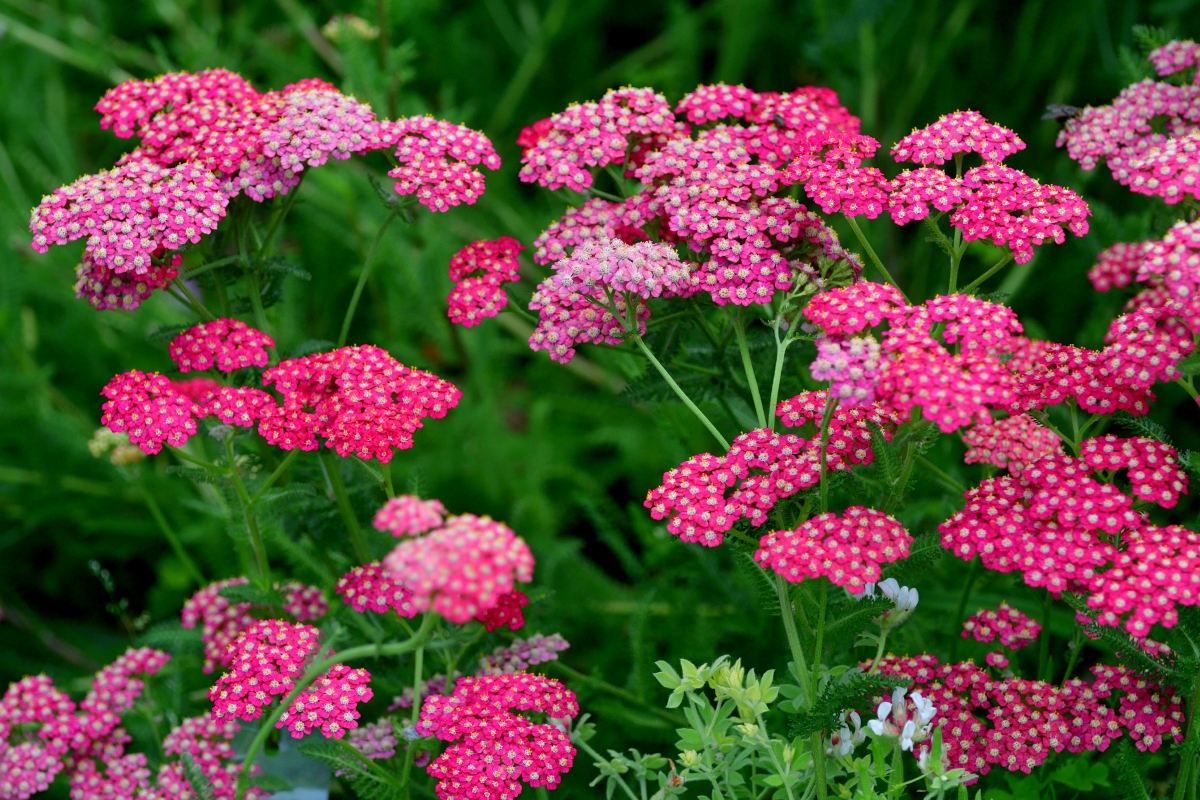
Throughout the growing season, regular pruning and deadheading keeps yarrow healthy and blooming. It also keeps it from getting too leggy and from self-sowing. Trimming allows the air to circulate through the plant, reducing the risk of fungal diseases. It also helps control the size and shape of the plant, which can spread.
In late summer, cut the flowering stems of yarrow back by one-third to one-half. Pruning stems to the lower basal foliage after summer blooms are done will tidy up the plant and prepare it for winter. Pruning at this time should result in more flowers next year.
